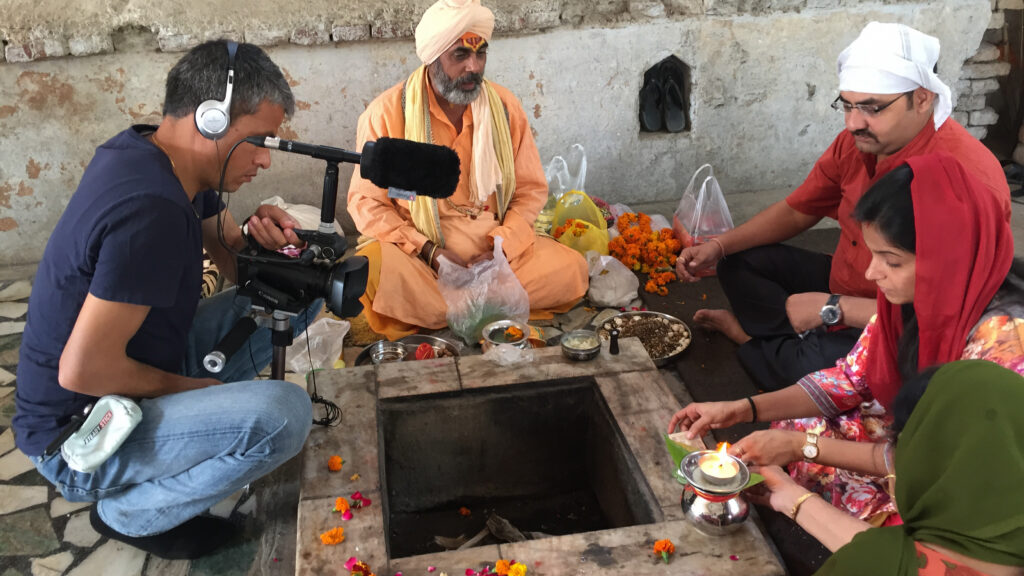The world has not changed
Trond Waage 36 Minuten
Die Pèrè sind eine ethnische Gruppe, die in der Pere-Ebene leben. Ihr Territorium wird durch die nigerianisch kamerunische Grenze geteilt und ihre Traditionen sind durch einen starken Islamisierungsprozess und durch die Migration in die Städte bedroht. Beim regionalen Radiosender CRTV Adamaoua in Nordkamerun wird in verschiedenen Landessprachen gesendet. „The World Has Not Changed” folgt der Redaktion in der Sprache der Pèrè und ihrer Arbeit, die Traditionen ihres Volkes zu pflegen und die Kommunikation zwischen ihrem Volk und der modernen Welt zu fördern.





